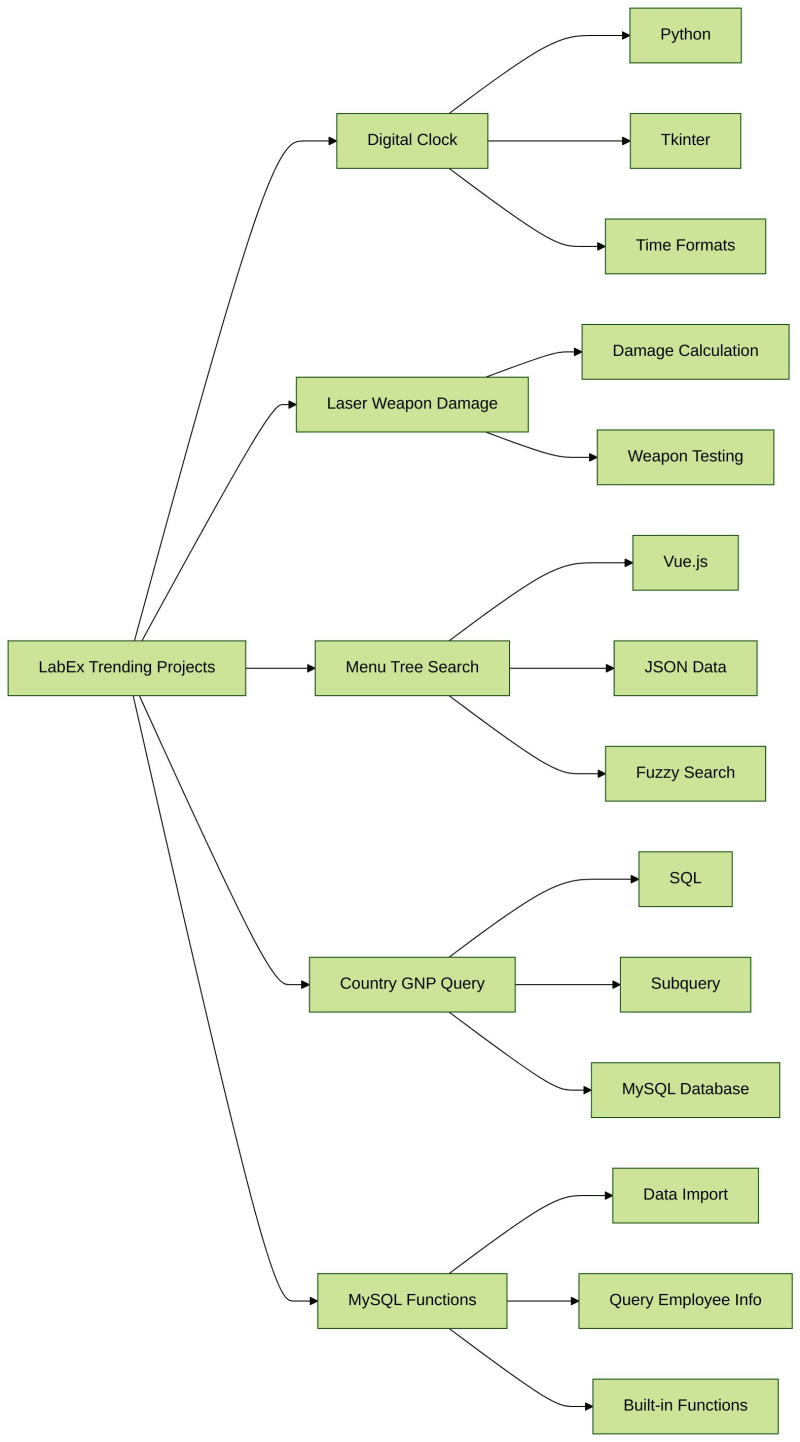Agile Methodologies and Best Practices
In the fast-paced world of software development, Agile methodologies have revolutionized the way teams deliver high-quality products. Agile focuses on flexibility, collaboration, and customer satisfaction, making it an essential framework for modern software development. In this article, we’ll explore the core principles of Agile, its various methodologies, and best practices for successful Agile implementation.
Understanding Agile
What is Agile?
Agile is an iterative approach to software development and project management that emphasizes incremental delivery, collaboration, and continuous improvement. Unlike traditional methodologies, such as Waterfall, which follow a linear and sequential process, Agile promotes flexibility and responsiveness to change.
Core Principles of Agile
Agile is guided by four key principles, as outlined in the Agile Manifesto:
Individuals and Interactions over Processes and Tools:
Agile values the contributions and interactions of team members more than rigid adherence to processes and tools.
Working Software over Comprehensive Documentation:
The primary measure of progress is working software, not extensive documentation.
Customer Collaboration over Contract Negotiation:
Continuous collaboration with customers ensures that the final product meets their needs and expectations.
Responding to Change over Following a Plan:
Agile teams welcome and adapt to changes, viewing them as opportunities to improve the product.
Agile Methodologies
Several methodologies fall under the Agile umbrella, each with its unique practices and frameworks. Here are some of the most popular Agile methodologies:
Scrum
Scrum is a lightweight, iterative framework for managing complex projects. It organizes work into small, manageable units called sprints, typically lasting 2-4 weeks.
Roles: Scrum involves three key roles: Product Owner, Scrum Master, and Development Team.
Artifacts: Key artifacts include the Product Backlog, Sprint Backlog, and Increment.
Ceremonies: Important ceremonies are Sprint Planning, Daily Stand-ups, Sprint Review, and Sprint Retrospective.
Kanban
Kanban focuses on visualizing work, limiting work in progress, and optimizing flow. It uses a Kanban board to represent work items and their status.
Visual Boards: Tasks are visualized on a Kanban board with columns representing different stages of the workflow.
Work in Progress (WIP) Limits: WIP limits ensure that the team does not take on too much work at once, promoting focus and efficiency.
Continuous Delivery: Unlike Scrum’s fixed sprints, Kanban allows for continuous delivery of work as soon as it’s ready.
Extreme Programming (XP)
XP emphasizes technical excellence and customer satisfaction. It includes practices such as pair programming, test-driven development (TDD), and continuous integration.
Pair Programming: Two developers work together at one workstation, enhancing code quality and knowledge sharing.
Test-Driven Development (TDD): Developers write tests before writing the actual code, ensuring that the code meets the required functionality.
Continuous Integration: Code changes are frequently integrated and tested, reducing integration issues and ensuring a stable codebase.
Best Practices for Agile Implementation
Successfully implementing Agile methodologies requires adopting best practices that align with Agile principles. Here are some key practices to consider:
1. Foster a Collaborative Culture
Agile thrives on collaboration and open communication. Encourage teamwork and create an environment where team members feel comfortable sharing ideas and feedback. Regularly hold meetings and discussions to keep everyone aligned and informed.
2. Embrace Continuous Improvement
Agile is about learning and improving continuously. Conduct regular retrospectives to reflect on what went well, what didn’t, and how processes can be improved. Use feedback loops to iterate and enhance the development process.
3. Prioritize Customer Feedback
Engage with customers frequently to gather feedback and understand their needs. Involve them in the development process through regular demos and reviews. This ensures that the product evolves in line with customer expectations.
4. Maintain a Flexible Backlog
A well-maintained product backlog is crucial for Agile success. Continuously prioritize and refine backlog items based on changing requirements and feedback. This helps the team stay focused on delivering the most valuable features first.
5. Implement Automated Testing and Continuous Integration
Automated testing and continuous integration (CI) are essential for maintaining code quality and ensuring that changes are integrated smoothly. Invest in robust testing frameworks and CI tools to catch issues early and reduce technical debt.
6. Limit Work in Progress
Limiting work in progress (WIP) helps teams maintain focus and complete tasks efficiently. Use techniques like Kanban WIP limits to prevent overloading team members and ensure a steady flow of work.
7. Encourage Regular Releases
Agile promotes frequent and incremental releases of working software. Aim for small, iterative releases that deliver value to customers quickly. This reduces the risk of large, disruptive changes and allows for faster feedback.
Conclusion
Agile methodologies offer a dynamic and flexible approach to software development, focusing on collaboration, customer satisfaction, and continuous improvement. By understanding the core principles of Agile and implementing best practices, teams can enhance their productivity, deliver high-quality products, and respond effectively to changing requirements. Whether you choose Scrum, Kanban, XP, or a combination of methodologies, the key to Agile success lies in fostering a collaborative culture and embracing an iterative, customer-focused mindset.


















